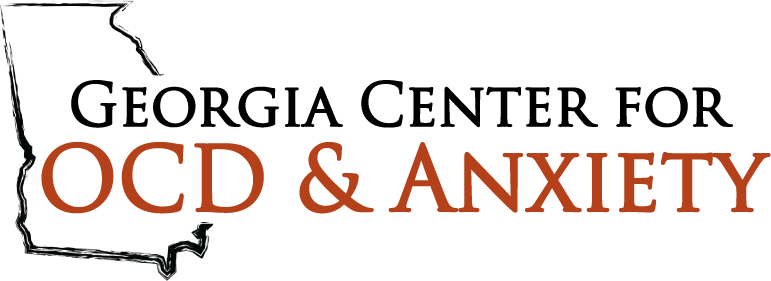It is important to know that most recently-trained therapists have some knowledge of CBT and use it in their work to different degrees and with different levels of skill. In order to be effective, it must be done skillfully, consistently and in a way that fits each person’s problems.
COGNITIVE BEHAVIORAL THERAPY (CBT) is an empirically-supported therapeutic approach, combining aspects of both Cognitive Therapy and Behavior Therapy. CBT has been shown to effectively help individuals overcome a wide variety of impairing symptoms including OCD and other Anxiety Disorders.
CBT is unlike many other therapeutic approaches in the sense that it focuses on the ways a person’s thoughts, emotions, and behaviors are connected and how each affects the other. The underlying principal of Cognitive Therapy is that thoughts can influence feelings, and these feelings determine an individual’s response to the situation. For example, if an individual continually focuses on the danger and frequency of car accidents, these thoughts may contribute to the behavioral avoidance of driving or riding in cars. Another example, an individual may interpret a hasty departure of a friend as suggesting interpersonal rejection. These types of thoughts can contribute to distorted thinking processes that then affect feelings and behaviors.
Behavioral approaches, while varied, operate on the principal that some thoughts or behaviors may accidentally get encouraged within the environment, which then contributes to an increased frequency of the thought or behavior. The overall goal of CBT is to help individual’s realize this thought-behavior connection; and further, then to understand that although they cannot control every aspect of their environment, they do have control over the way in which they interpret and handle things in the world around them.
There are several types of Cognitive-Behavioral Therapy, one of which is Exposure and Response (or Ritual) Prevention (ERP). Using ERP, an individual is gradually exposed to feared situations and progressively decreases the compulsions they have historically used to ease the associated anxiety. By slowly exposing and then increasingly delaying the response, the individual is able to learn to control the response and respond differently to the fear. This leads to a decrease in the frequency and intensity of the obsession. When this is done repeatedly, the accompanying anxiety decreases until it is no longer impairing. When done effectively, ERP leads to “habituation” – replacing the automatic fear response with the realization the consequence of not performing the compulsion does not result in the previously anticipated disaster.
A crucial piece of treating OCD and other Anxiety Disorders is the independent practice required by the client between sessions. Many people are hesitant to enter therapy, but once they have a better understanding of the situation and begin to cope positively, their apprehension shrinks and they enjoy knowing that they are still, in fact, in charge of their lives.
While medication management is often used in conjunction with CBT in treating OCD and other Anxiety Disorders, research shows in most situations, CBT actually works just as well with or without medications.
Depression is a frequent consequence of the struggle with anxiety. It can be a natural result of feeling helpless and hopeless about overcoming any persistent problem. However, when you begin treatment for an Anxiety Disorder, it is common to find that as the anxiety decreases, the depression does as well.

